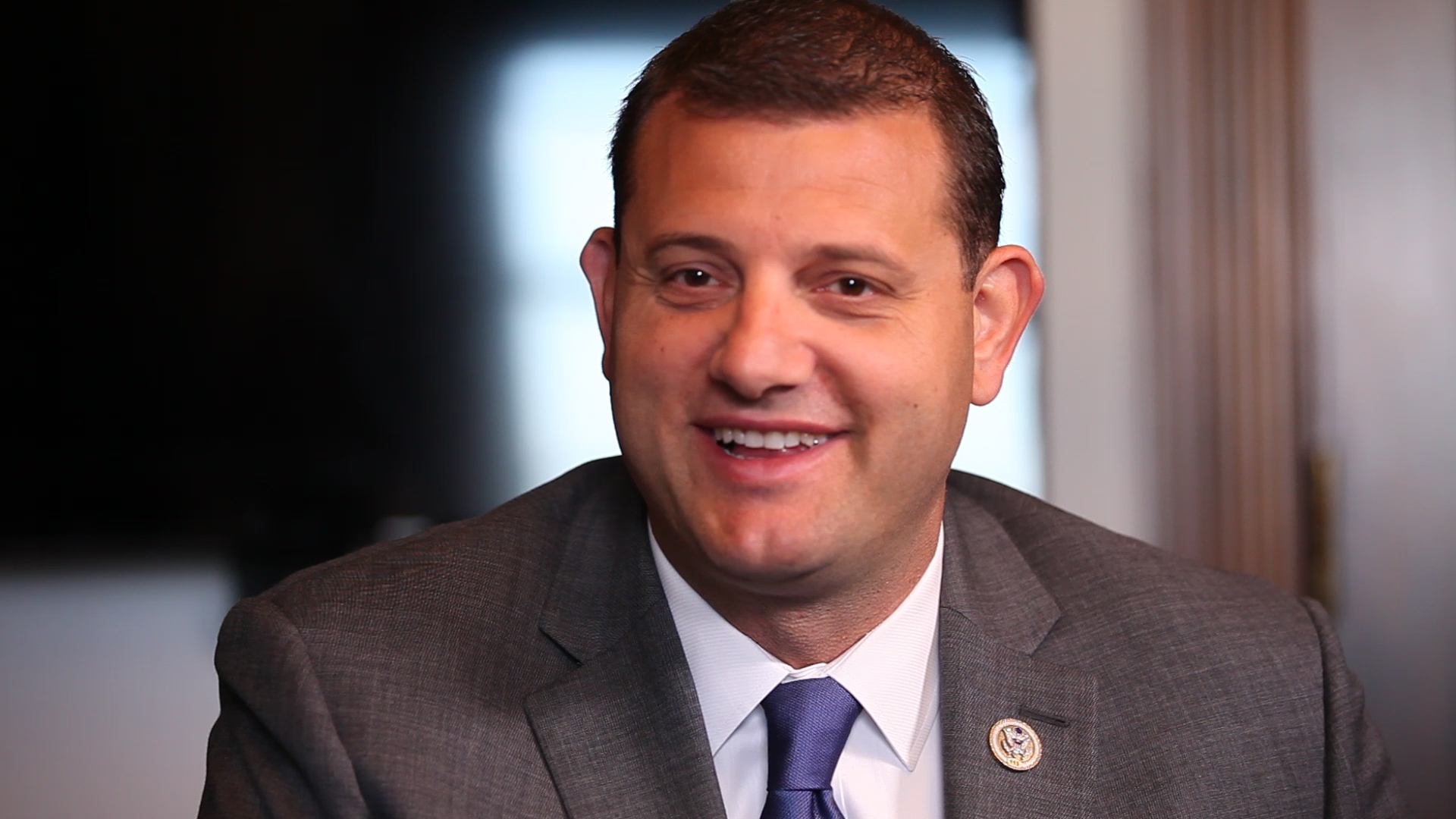A slim, five-percent water allocation expected to be sent to agricultural water users on the western side of the San Joaquin Valley is currently on hold, the U.S. Bureau of Reclamation announced Tuesday.
The Bureau announced that delivery of its initial allocation to westside farmers, made in late February, would be suspended until further notice.
The reason? Poor rainfall and struggling flow of water from snowpack in the Sierras.
Federal officials announced that Northern California rainfall for 2021 is about 51 percent of its historic average, while snowpack is at 63 percent of average.
The announcement does not affect municipal and industrial users south of the Sacramento-San Joaquin Delta, nor allocations made to Friant Division water users.
The single largest class of water users affected by Reclamation’s Tuesday announcement is Westlands Water District, the nation’s largest agricultural water district.
In a statement, the water agency’s general manager found a silver lining in Tuesday’s announcement.
“Given extraordinary dry conditions this water year, Reclamation’s announcement represents a balanced, prudent approach that ensures it can fulfill both its regulatory and contractual obligations for water from the Central Valley Project,” Westlands general manager Tom Birmingham said.
“We recognize the challenge presented by the ongoing drought conditions, and we remain committed to working with partners at the federal, state, and local levels to find sensible approaches that reduce harm to people in rural areas and California’s important ecosystems by maximizing the beneficial use every drop of water available.”
There was reason to be more jovial amid the set of bad news: things were arguably more grim for State Water Project users.
Ahead of Reclamation’s announcement, California’s Department of Water Resources announced it was cutting its allocation of water to contractors – initially announced in December – from 10 percent to five.
“We are now facing the reality that it will be a second dry year for California and that is having a significant impact on our water supply,” said Department of Water Resources Director Karla Nemeth.
“The Department of Water Resources is working with our federal and state partners to plan for the impacts of limited water supplies this summer for agriculture as well as urban and rural water users. We encourage everyone to look for ways to use water efficiently in their everyday lives.”
William Bourdeau, chairman of the California Water Alliance, couldn’t hide his displeasure.
“It’s heartbreaking to think that the Governor and regulators in charge of our water have chosen to reduce the flow of water for our domestic food supply in the middle of a pandemic, but not for fish,” Bourdeau told The Sun.
“Talk about a nice thank you note for farmers on National Ag Day.”
Months of loggerheads between state and Federal water officials over the management and flow of water resources from the Delta south into the San Joaquin Valley and Southern California are likely to be exacerbated, in some way, amid a drought.
The two sides have been at odds over the environmental rules governing the Delta – known as biological opinions – since the Trump administration concluded its update in 2019 enabling a boost in water supplies for regions south of the Delta.










